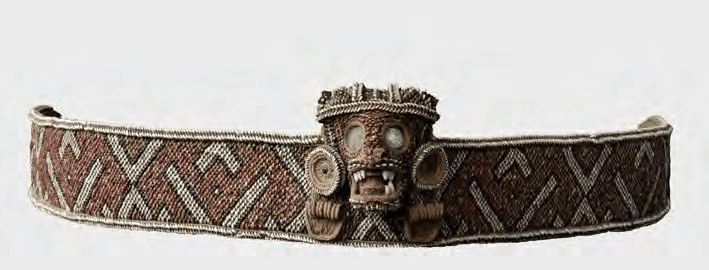Reading Bauer and Dearborn on astronomy in the Inca Empire was somewhat disappointing. But, it sounds like Zuidema's theories about Inca astronomy, the Inca calendar, and astronomical significance of the ceque system of Cuzco is not supported by archaeological evidence...nor is it always backed by the written sources from the 1500s-1600s. But Bauer and the other author here have little to say otherwise given the limited nature of the sources and the difficult of confirming it through astronomical observations of sites in the Cuzco area. However, they think the Inca calendar was a solar and lunar one with an additional intercalated lunar one to align them. Unfortunately, the authors were unable to locate any evidence from sites in the Cuzco valley for observatories or markers for star observation, but the evidence for pillar markers for solar observations and the solstices is evident, although the pillars themselves have not survived the looting of Cuzco sites or time. The Pleiades were also very important in Inca and Andean sky watching but there's so much in the book that is just lightly suggested or said to be plausible yet impossible to be certain given the lack of ethnographic, textual, or archaeological sources. I guess they lean in favor of a 1528 death for Huayna Capac based on known comets and astronomical phenomena of the 1520s. It is unfortunate, although one must agree with the contention of the authors that astronomy and the ritual calendar must have been centralized and standardized by the Inca imperial administration with the aid of khipus. This would have strengthened the claims to power and legitimacy via descent from the Sun by the Inca ruling elites across the Andes.

No comments:
Post a Comment